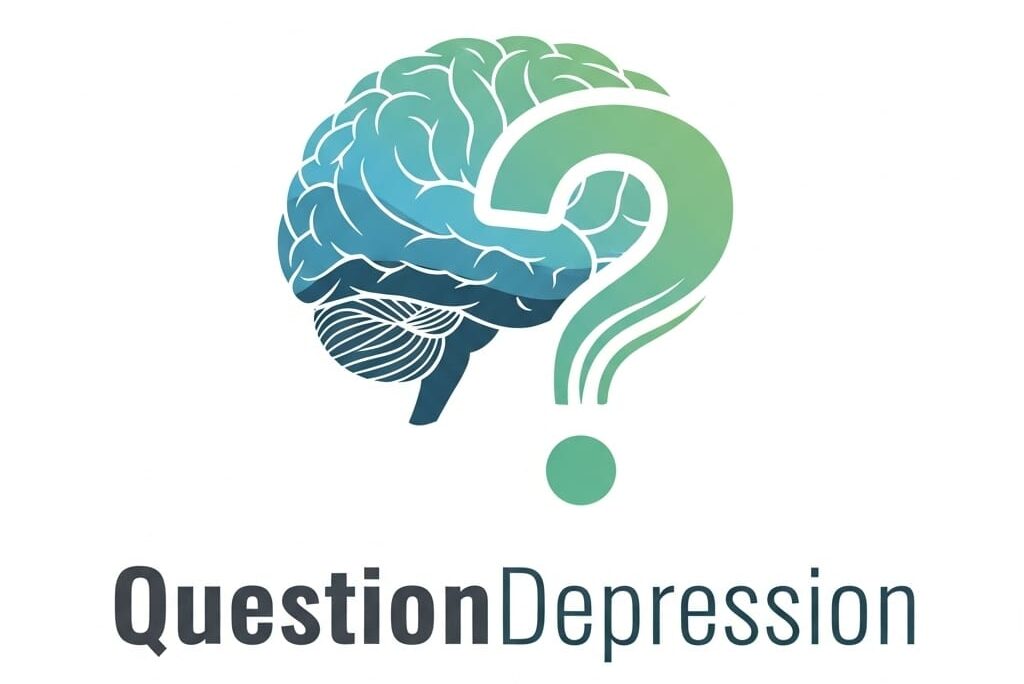Depression is categorized as acute or chronic based on its duration and severity.
It’s also possible to evolve from acute to chronic. While I had some mild symptoms at first, they soon developed into a persistent, low-grade depression.
They contrast in various ways:
Acute depression
- Definition
A short-term episode of depression that comes on suddenly and is often triggered by a specific event, such as trauma, loss, or stress.
- Duration
Typically lasts less than 6 months, but can be intense.
- Symptoms
Similar to major depressive disorder (MDD), including persistent sadness, lack of interest in activities, fatigue, changes in appetite and sleep, and suicidal thoughts.
- Examples
-
- Major depressive episode (MDE)
A period of severe depression that lasts at least two weeks but may resolve in a few months with or without treatment.
-
- Adjustment disorder with depressed mood
Depression is triggered by a stressful life event that usually resolves once the stressor is gone or the person adapts.
Chronic depression

- Definition
A long-term form of depression that continues for years and can have a substantial impact on daily life.
- Duration
It lasts at least 2 years (or 1 year in children/adolescents).
- Symptoms
Less severe than acute episodes but more persistent, including low self-esteem, hopelessness, little energy, and difficulty concentrating.
- Examples
-
- Persistent depressive disorder (PDD) (dysthymia)
A low-grade but long-lasting form of depression that can fluctuate in intensity but never fully disappears.
I felt chronically fatigued and sad, even though I could still function well enough to the point where most people wouldn’t have noticed my mood issues.
-
- Recurrent major depressive disorder
Repeated bouts of major depression over time, with periods of normal mood in between.
Key differences
| Feature | Acute depression | Chronic depression |
| Onset | Sudden onset, triggered by an event. | Gradual onset, often without a clear trigger. |
| Duration |
< 6 months. | ≥ 2 years. |
| Severity | Often serious but temporary. | Milder but long-lasting. |
| Treatment response | It can improve with therapy/medication in weeks to months. | Requires long-term management. |
When to seek help?

Seeking professional help is important if it affects daily life, causes suicidal thoughts, or goes on longer than a few weeks, regardless of whether the depression is acute or chronic.
I went to a psychologist at several points in my life, and I can confidently say that it is never a bad idea to seek professional help, although it can sometimes be treated without formal help in some instances. Particularly if it’s acute and mild depression.
Treatment options include therapy (CBT, psychotherapy), medication (SSRIs, SNRIs), and lifestyle changes.
Final note
Depression can be acute or chronic, depending on how long symptoms last and how they impact daily life.
Acute depression often comes on suddenly and may be triggered by a specific event, but it usually improves with time and treatment.
Chronic depression, on the other hand, lingers for two years or more and can feel like a constant emotional weight.
Recognizing the difference is important because while both forms are serious, they may require different approaches to care and support.
Join our forum and Facebook
Please consider joining our forum and Facebook if you enjoyed reading this and would like to chat with like-minded peers about anything depression related.
It would certainly go a long way toward making my dream of creating a thriving, supportive community a reality!

